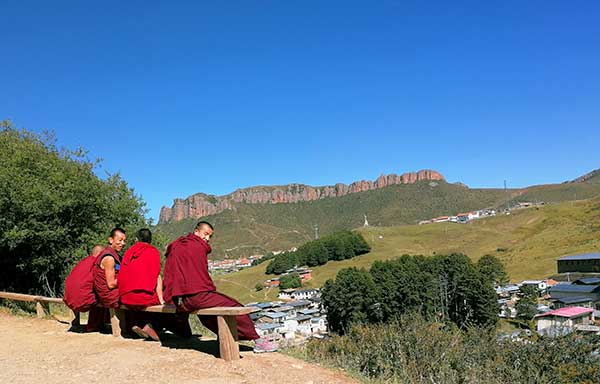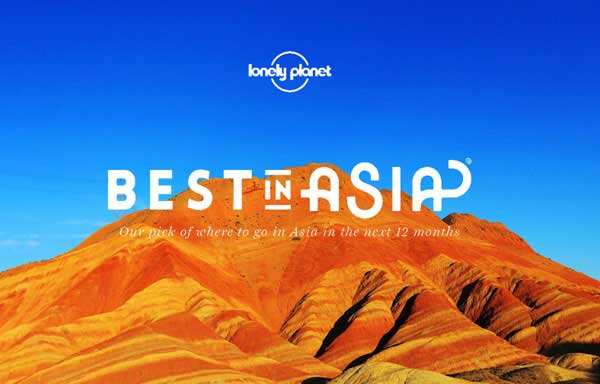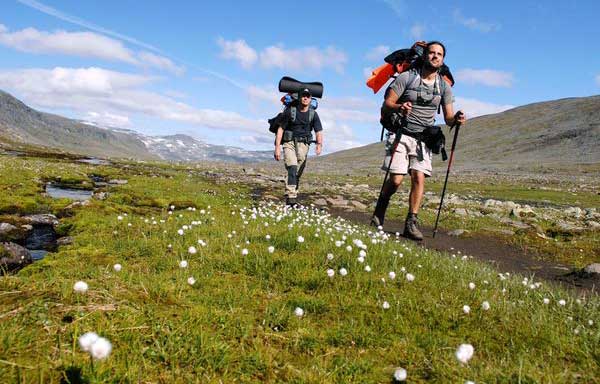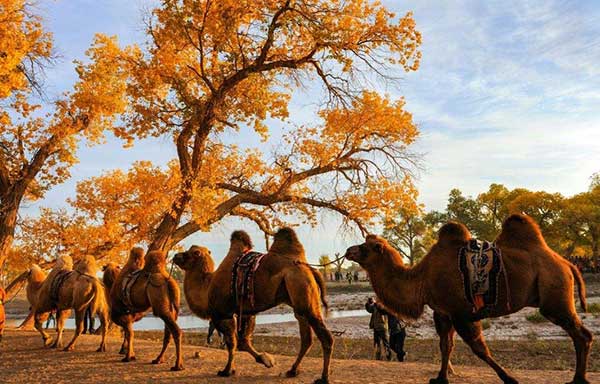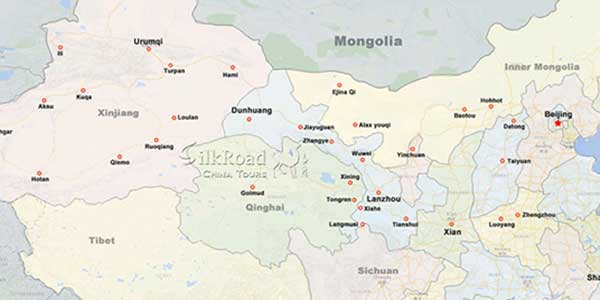 Khotan is located in the southernmost tip of Xinjiang, and is known in ancient times as "Yutian," which means "a place where jade is produced" and is a major stop on the south route of the Silk Road. Established in 1983, it became the center of the Khotan area. The total area of the Khotan area is 248,000 square kilometers and the population is 2.44 million. Uygurs account for more than 97% of the total population. The Hetian area is a multi-ethnic area, mainly has Uygur, Han, Hui, Kazak, Kirghiz and other 22 ethnic groups.
Khotan is located in the southernmost tip of Xinjiang, and is known in ancient times as "Yutian," which means "a place where jade is produced" and is a major stop on the south route of the Silk Road. Established in 1983, it became the center of the Khotan area. The total area of the Khotan area is 248,000 square kilometers and the population is 2.44 million. Uygurs account for more than 97% of the total population. The Hetian area is a multi-ethnic area, mainly has Uygur, Han, Hui, Kazak, Kirghiz and other 22 ethnic groups.
Khotan is the earliest Buddhist center in the Western Region and has a rich cultural heritage of Buddhism. Many famous monks, such as Faxian in Jin dynasty and Xuanzuang in Tang dynasty, all traveled to Khotan. The rich and unique folk customs make people feel new and refreshed and have an exotic look.
Khotan terrain is high in the north and low in the north, with Kunlun Mountain seat to the south, and Taklimakan Desert to the north. The Yulong Kashi River and Karakash River originate from the Kunlun Mountains, where they meet in the depths of the desert to form the Khotan River, and finally they flow into the Tarim River. Khotan River is a short cut across the Taklamakan Desert and is an ideal route for desert adventure travel.
Khotan area is a typical inland arid area, located in the hinterland of Eurasian continent. It belongs to arid and desert climate. There are 36 large and small rivers in the territory. It is a rich area of solar energy resources in China. It is rich in mineral resources and is famous for the production of Khotan jade. Since ancient times, Khotan has been known for its “big harvests and prosperous flowers and luxuriant fruits” and has been famous for producing silk and carpets at home and abroad. It is a famous “land of silk”, “the capital of carpets” and the “hometown of fruits and melons”. It is suitable for farming and animal husbandry and is a rich treasure. Today, Khotan songs and dances still have a unique artistic charm. Here is the world’s second-largest desert scenery, 2,000-year-old Silk Road relics, and cultural landscapes such as desert oasis and grape promenade created by man and nature.
Weather

Attractions in Khotan
Related Tours
General Information
Alias: Hotan
Area: 248,000 sq km
Location: Xinjiang
Airport: 11.5 km from city
Train Station: In the city
Population: 2,440,000
Relevant blogs
-
How did the name of Tianshui in Gansu come about?
The name Tianshui is very pleasant to the ear, and it reminds one of that exquisitely beautiful verse, "After getting drunk, one doesn't know if the sky is in
-
The 8th Silk Road Hotel Festival was successfully
On December 27th, the "8th Silk Road Hotel Festival" grandly opened at the Yujing International Hotel in Zhangye. This hotel festival gathered industry experts,
-
The Karez Irrigation System in Turpan has been sel
On September 3rd, at the 75th Executive Council Meeting of the International Commission on Irrigation and Drainage held in Sydney, Australia, the 2024 (11th bat
-
What is the connection between "dragons" and "s
In traditional Chinese culture, the snake has a dual identity of auspiciousness and danger. Ancient people believed that the snake not only possesses divine cha
-
Endangered Przewalski's Horses Spotted at Dunhuan
<p>In early February, a group of special "visitors"—the Przewalski's horses—appeared at the Dunhuang Yumen Pass scenic area in Gansu Province, a U
-
The Fourth Dunhuang Cultural Tourism Supplier Conf
On the morning of February 18th, the Fourth Dunhuang Cultural Tourism Supplier Conference in Northwest China commenced at the Dunhuang International Convention

